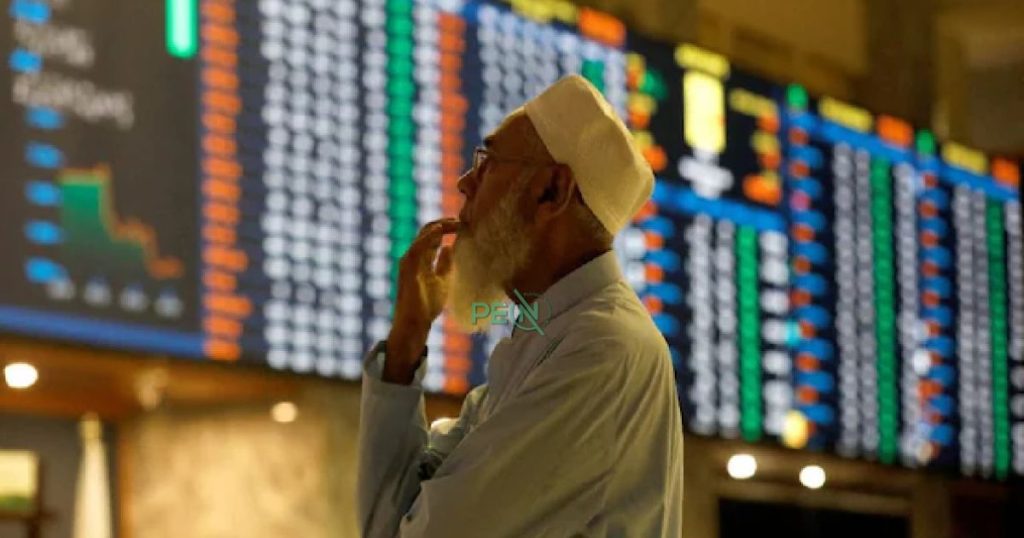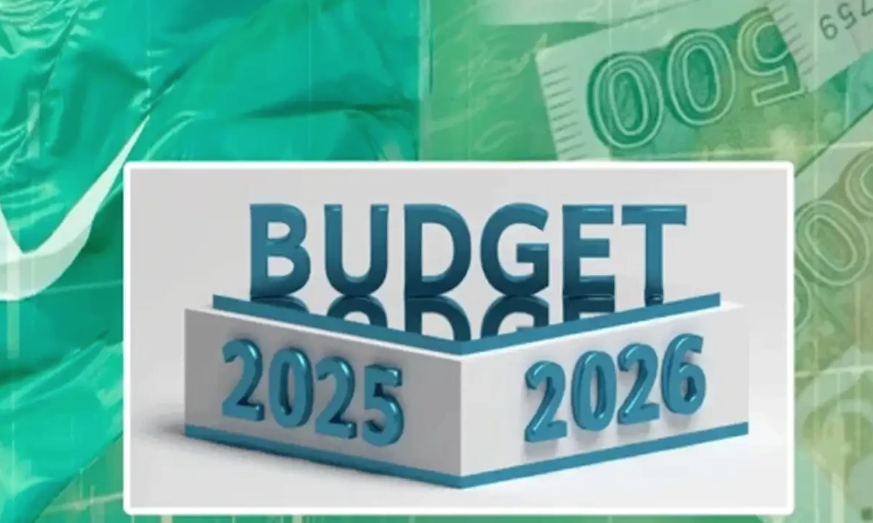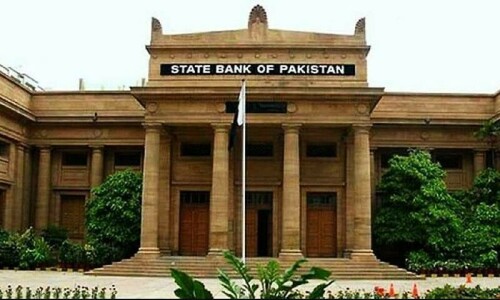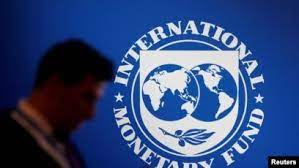TRADE & ECONOMY
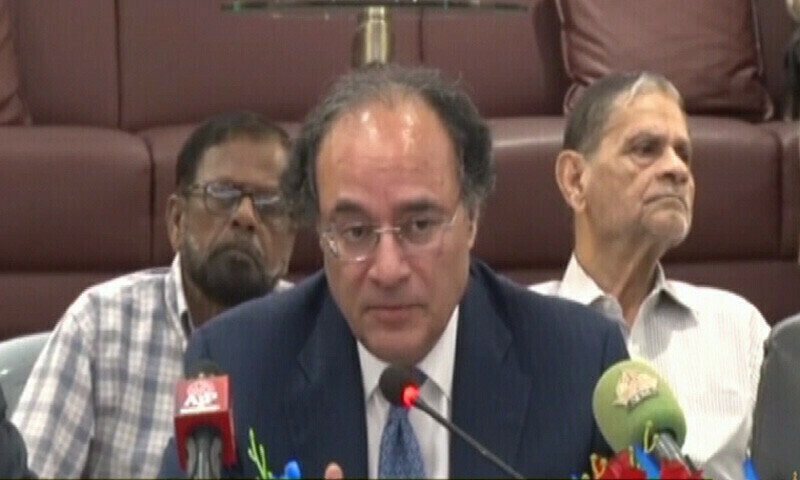
The finance ministry's July outlook report indicates that the Consumer Price Index (CPI) inflation is heading towards single-digit territory. The report, released on Tuesday, reveals that CPI inflation reached 12.6% year-on-year (YoY) in June 2024, a decrease from 11.8% in May and a significant drop from 29.4% in June 2023.
The CPI, which measures household inflation and tracks price changes across various expenditure categories, increased to 255.94 points in June from 254.78 points in May 2024. Despite this minor rise, the trend towards lower inflation is encouraging for the country's economic stability.
The Pakistan Bureau of Statistics (PBS) highlighted that the CPI has averaged 93.08 points from 2001 to 2024, peaking at 264.46 points in March 2024. The report suggests that the economy is showing signs of improvement with a surplus in the primary fiscal account from July to May, a minimal current account deficit, and a stable exchange rate.
The finance ministry's report also attributes the improved external account position to controlled imports, increased exports, and higher remittances. The government’s recent $7 billion extended fund facility with the International Monetary Fund (IMF) is expected to further enhance economic stability.
The report notes significant growth in the agriculture sector and a positive turnaround in large-scale manufacturing, which expanded by 1% during July-May FY 2024, reversing the previous year's contraction of 9.6%. The fiscal balance has also improved, with the deficit reduced to 4.9% of GDP from 5.5% last year and a primary surplus of Rs1,620.5 billion (1.5% of GDP) compared to a deficit of Rs112 billion previously.
Finance Minister Muhammad Aurangzeb, speaking to industrialists in Karachi, stressed the importance of export-led growth to prevent future balance of payments crises. He pointed out that reliance on imports alone had previously led to a severe shortage of dollars and financial instability.
Aurangzeb also expressed optimism about potential interest rate cuts, acknowledging the challenges of balancing high interest rates with taxation. He emphasized that sustained macroeconomic stability would create a favorable environment for growth.
